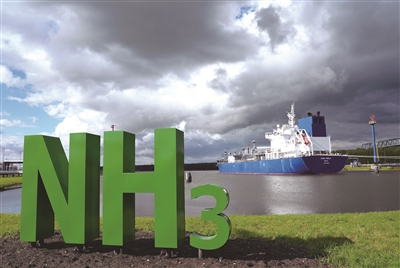Investment in low-carbon ammonia is overheated and needs to cool down
The global development of low-carbon ammonia is booming, which has triggered an investment boom, with a large amount of investment flowing into the low-carbon ammonia industry. However, a recent report released by Fertecon, a subsidiary of S&P Global Commodities Insights, warns that the current projected capacity of low-carbon ammonia far exceeds demand. This will hinder the progress of the low-carbon ammonia project plan and be extremely harmful to the industry.

From the perspective of demand, Fertecon's report indicates that the overall demand for ammonia is expected to grow at an average annual rate of 2.6% over the next 10 years, and low-carbon applications are projected to account for 19% of the entire ammonia market. By 2035, the demand for low-carbon ammonia is expected to include 12 million tons per year for Marine fuel, 6 million tons per year for power fuel, and 33 million tons per year for energy and industrial hydrogen carriers. Fertecon predicts that the demand for these new applications will continue to grow at a high speed, and by 2050, they will account for 38% of the overall ammonia market of 383 million tons per year, that is, 146 million tons per year. However, in terms of supply, Fertecon warns that the total number of low-carbon ammonia projects announced by various countries has reached 279. Fertecon stated that if all these projects proceed as scheduled and no other projects are added, the global annual production capacity of low-carbon ammonia will reach 223 million tons by 2035 and 254 million tons by 2050. This quantity far exceeds the expected demand.
The author believes that such an oversupply situation will significantly suppress the market, especially when the investment cost of low-carbon ammonia remains relatively high. At that time, it will be very difficult for investors to recover their investments, which will cause many projects to be delayed in progress. This may lead to a vicious circle where low-carbon ammonia enterprises suffer losses and the market supply is insufficient simultaneously, and instead result in insufficient investment in the industry. Fertecon also warned in the report: "The possibility of all announced production capacity coming on stream is very low." It is necessary to be vigilant against potential underinvestment issues. The author is not as pessimistic as Fertecon, believing that the low-carbon ammonia industry can find a balance point through the market to meet future low-carbon demands, but this would require the elimination of a considerable portion of the planned production capacity. A new industry requires a healthier development environment and should not fall into the vicious circle of overheated investment.
